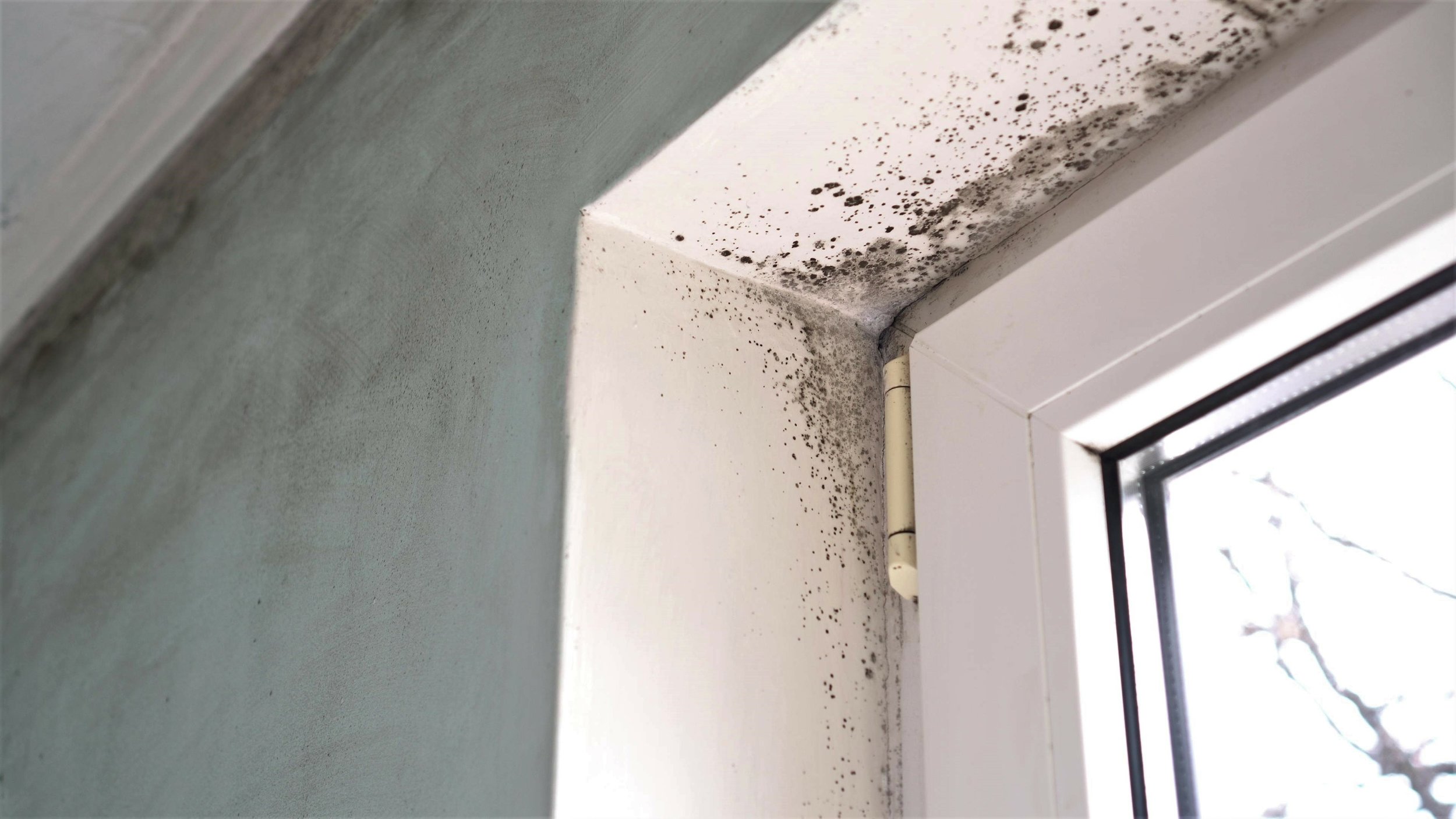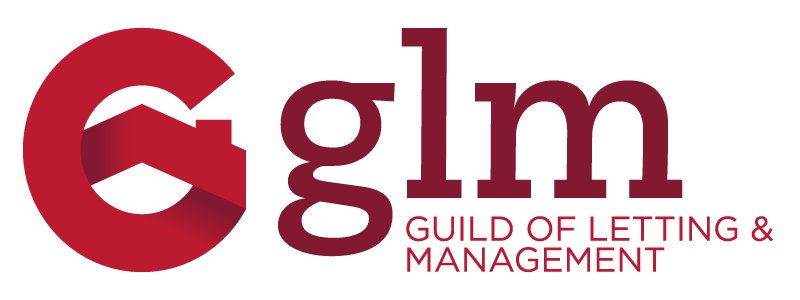
Awaab's Law and Social Housing
The Government has announced the forthcoming implementation of Awaab's Law, which will take effect for the social housing sector from October 2025. Angela Rayner, Deputy Prime Minister, confirmed that:- “We intend to act as quickly as possible to bring all relevant hazards within the scope of new legal requirements, but to ensure its effective implementation we will implement Awaab’s Law through a phased approach.”

Pesky Pests in Rental Properties
Under the Housing Health and Safety Rating System (HHSRS) the causes of pest infestation and the impact on the tenant is high on the agenda and is one of the 29 Hazards. Health hazards due to poor design, layout and construction can make it hard for the occupant to keep the property clean and hygienic, and as a result pests can be attracted.
The HHSRS takes into consideration the following: -
Access into and harbourage within the dwelling for pests
Insect infestation (e.g., cockroaches) and infections (spread by insects and rats and mice)
Access into and harbourage within the dwelling for pests
Inadequate and unhygienic provision for storage and disposal of household waste.
Inadequately stored/accumulated refuse allowing access for insects, rodents, pests, birds, squirrels, foxes
Service ducts and holes around pipes e.g., central heating harbour insects and provide access between dwellings in blocks
Access to open drains by rodents
Access for rodents by means of ill-fitting doors and windows
Uneven and/or cracked internal walls and/or ceilings allowing access for pests
Missing/damaged brickwork including airbricks to external walls and other disrepair to external walls and roof
Therefore, it is up to the landlord to ensure that the property is fit for human habitation.
Trip the Light Fantastic
On the 20th March 2019 the long waited Fitness for Human Habitation Bill comes into law, shining a new spotlight on conditions in tenanted properties. As most agents will know, the Bill leans heavily on the Human Health and Safety Rating System (HHSRS) and the 29 hazards it lists to illuminate what makes a property fit or unfit to live in – one of which is lighting.
